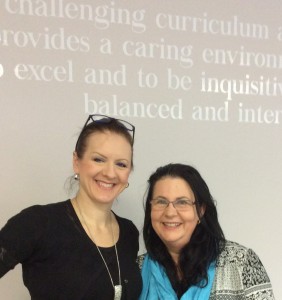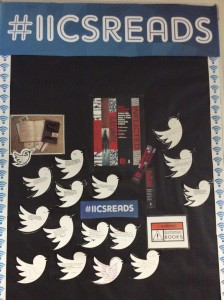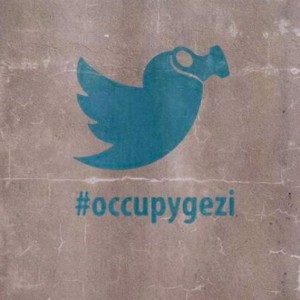Effective social networking takes time and planning (Solomon, 2013, p. 24). It is important to know what you want to achieve with the use of social media. Having measurable goals helps establish the purpose of the use of time and resources in maintaining a presence on social media (Ramsey & Vecchione, 2014, p. 76). Once the goal is established then it is possible to select the best social media tools for the purpose, create some steps to implement the plan and also have a way to measure success.
Istanbul International Community School (IICS) has just over 600 students ages ranging from 3 to 18 years old. It serves an expat community with families from all over the world. The library team has one Teacher Librarian and three assistants. Any social media strategy for the library has to be sustainable and realistic in terms of whom we are trying to reach and the amount of time required developing and maintaining our presence.
Our school already has a closed Facebook group. This group is for parents and students of the school, alumni and friends of the school. It has a public twitter handle @iics1911. These social media tools are maintained by the school’s marketing team, headed up by Jennifer Gokmen. Jennifer monitors Facebook posts and actively retweets school related tweets. The main audience for the school twitter and Facebook accounts are the parents.
Instead of creating a separate Facebook page and dedicated twitter account I think it is a good idea to participate actively within the existing school accounts. Our library posts can add to the school social media presence while at the same time highlighting our programmes and services. We can be passionate partners in our wider school social media efforts (Ramsey & Vecchione, 2014, p. 78). Also since we will be using our personal twitter handles and Facebook accounts to complete the posts this will help our audience identify the library staff in the school, they will see us as professionals who communicate with pride about our work.
While we do have some parents as library members and regular borrowers we would like to communicate with our parents to show them the programmes and services we provide for our students and their families. The Pew report into parents’ views about libraries found that the majority of parents with children younger than 18 years of age feel that libraries are very important for the children as they develop as readers and researchers (Miller, Zickuhr, Rainie, & Purcell, 2013, p. 2). To have a goal that involves more “buzz about the library” (Solomon, 2013, p. 15) is appropriate. Social media will provide one way to spread news and build relationships (Burkhardt, 2010, p.10) with our parents.
The strategic plan should include the goal, who is involved, an assessment date, action items and how the goal will be measured (Steiner, 2012, p.56). Our social media strategy should include all these things and also have a desired frequency of posting. Below is a draft of a marketing strategy for our library using these ideas and guidelines.
Appendix Draft marketing strategy for IICS library
Goal
Increase parent and colleague awareness of library programmes and services
People involved
Teacher librarian and anyone in the library team who will commit to the goal.
Assessment date
End of the school year – June 2016
Action Items
- Post to twitter daily about IICS library during the working week.
- Use @iics1911 and #iicsreads #iicslib #love2read and/or #pypchat with each tweet.
- Post once a week to Istanbul International Community School closed Facebook group about library matters and include relevant hashtag.
- When posting to the library blog tweet using the hashtags above with the link to the blog post.
- Retweet and share colleagues’ posts about the library.
Measures
- Fill in Google Doc on Monday morning showing tweets, FB posts, retweets, favourites, likes and shares.
- Anecdotal evidence from parents and colleagues about things seen on social media
- Increased page views on Blog
Time frames
Start 18th January and evaluate February 29th (first Monday after the break) and April 25th (first Monday after Spring break) to check and discuss progress.
References
Burkhardt, A. (2010). Social media: A guide for college and university libraries. College & Research Libraries News, 71(1), 10-24. Retrieved from ProQuest database. (Accession No. ISSN: 00990086)
Miller, C., Zickuhr, K., Rainie, L., & Purcell, K. (2013, May). Parents, children, libraries and reading. Retrieved from http://libraries.pewinternet.org/2013/05/01/parents-children-libraries-and-reading/
Ramsey, E., & Vecchione, A. (2014). Engaging library users through a social media strategy. Journal of Library Innovation, 5(2), 71-82. Retrieved from ProQuest AP Science database.
Solomon, L. (2013). The librarian’s nitty-gritty guide to social media. Chicago: ALA Editions, an imprint of the American Library Association.
Steiner, S. K. (2012). Strategic planning for social media in libraries. London: Facet.



